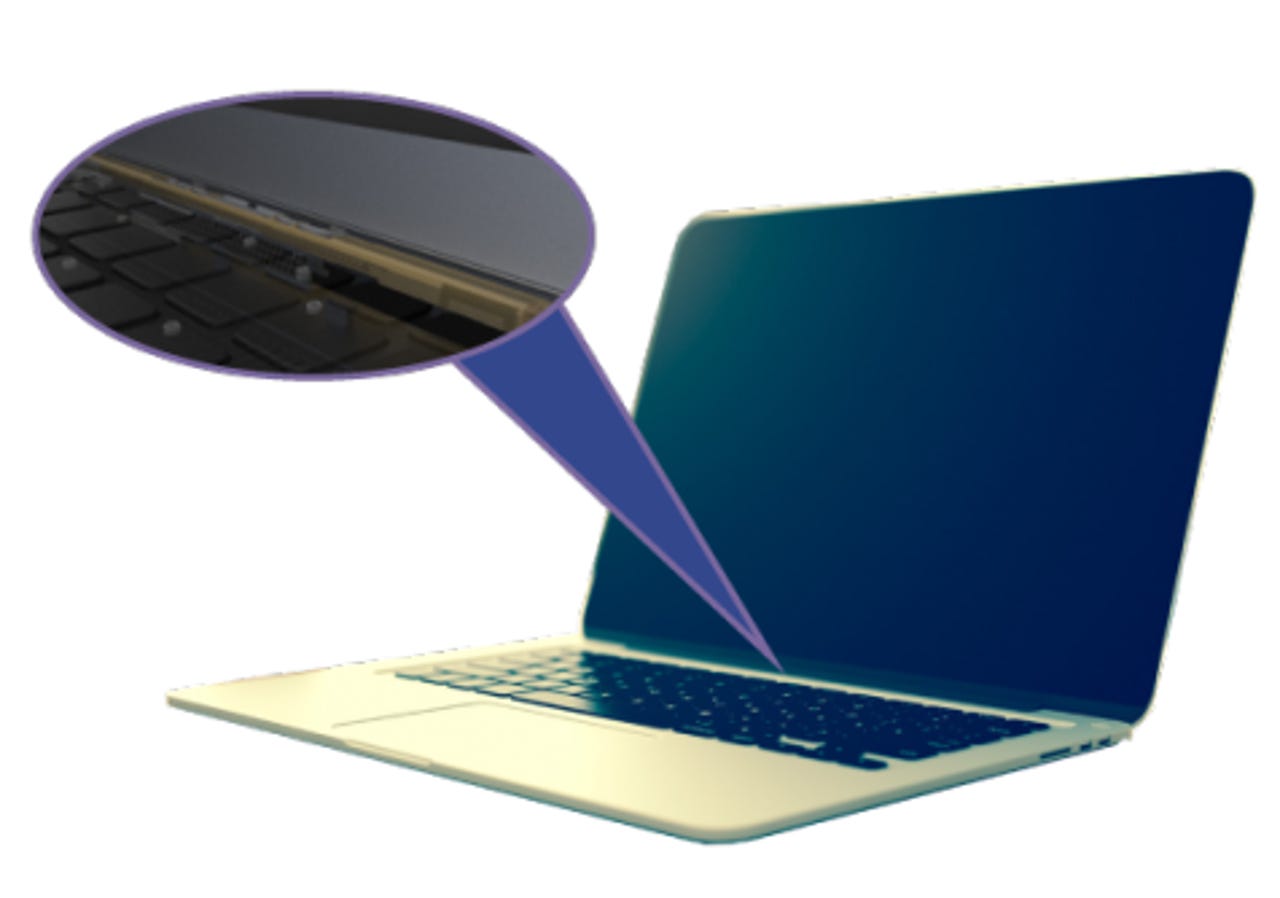New laptop tech combines GPS, Bluetooth, Wi-Fi, 4G LTE onto single antenna


Laptop manufacturers constantly seek to shave any inch or ounce off their notebooks to make them more convenient -- and attractive -- to potential buyers. So a recent development in antenna design might not appear sexy, but could lead to even sexier laptops in the near future.
Featured
Smart Antenna Technologies (SAT) has devised a new antenna that combines a number of different antennas into a single unit, which the UK company claims can not only save space in a laptop, but can even boost download speeds and conserve battery life. Today's notebook have separate antennas for GPS, Bluetooth, and wireless connectivity (Wi-Fi, 4G, etc.), thanks to the signal interference each one would cause the others. SAT says it has figured out a way to eliminate such interference (which it points out can occur even when users place their hands on certain spots on the keyboard), allowing laptop designers to place the antenna within the device's hinge.
For instance, SAT says that laptops using metallic covers prevent manufacturers from embedding antennas in motherboards or displays, but requiring only a single antenna offers more flexibility as to where it can be placed. The antenna can provide Wireless Gigabit (or WiGig) support in addition to other connectivity options, and the firm claims that its integrated antenna will improve battery life, perhaps owing to fewer components trying to access power.
Innovations like this new antenna are enticing, but until they are actually implemented can reside in a technological purgatory. SAT hopes to address this by entering into discussion with Sony to begin manufacturing the antenna, which could result in thinner, better connected laptops sometime in the near future.